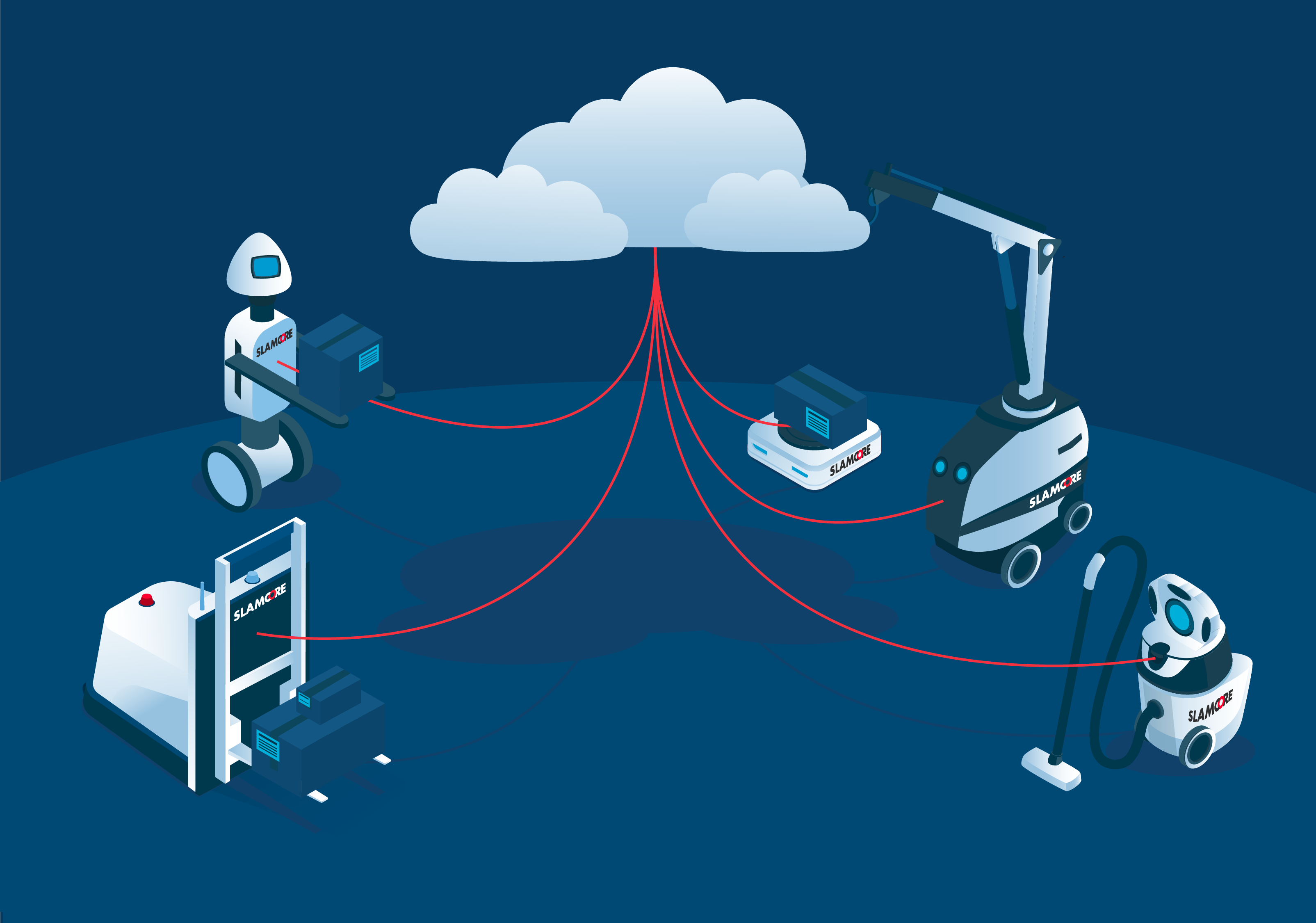
The robotics industry is a broad and diverse sector. It includes academics and ‘pure’ engineers pushing the boundaries of what’s possible; micro-businesses building prototypes in garages and huge established multinational tech businesses. Each has their own advantages and value to deliver. Surviving and thriving means identifying what you are good at and doubling down on that.
Investors often ask us how we can compete with the budgets, engineering resources and sheer marketing might of the likes of Apple, Google, Microsoft and Facebook? It is true that these behemoths are investing millions into their robotics and AI programmes. We can never hope to ‘out-tech’ Big Tech for their lead projects.
But what we can do is see opportunities where they don’t and move fast to capitalize on it. Big Tech has its own particular business model. They are looking for vertically integrated solutions with proprietary algorithms that use specific hardware and applications that they want to sell at mega-scale. For Big Tech the opportunity lies either in selling millions of consumer devices, be they smartphones, gaming headsets or even home drones, or selling hundreds of thousands of business products. To do so they focus efforts on particular use-cases and specific algorithms, that work perfectly with their hardware in specific devices and for specific applications.
As an example Apple develops excellent mobile phones which are highly optimized to deliver a great camera/phone/health monitoring/AR/VR experience. However an iPhone is proprietary technology where only Apple has access to the source data from the built-in camera/sensors/apps/OS. The system is optimized and algorithms are tuned for the mobile phone use cases. An iPhone camera is not well designed to be the right solution if you want to build a stacking robot for a warehouse that monitors, maps and interacts with its surroundings. This requires combining data from multiple sensors (cameras, inertial, wheels) and applications (location, mapping, navigation, stacking etc) to produce a robust and cost-effective solution.
The downside of the Big Tech integrated product approach, and SLAMcore’s opportunity, is that whilst Big Tech delivers some incredible, spatially aware products, these built-in algorithms cannot deliver SLAM (location, mapping, perception) for any other hardware combination or different use cases. Taking the software from one of these products and trying to apply it to a different use case (even using almost identical hardware) wouldn’t lead to an underperforming product – it would not even work at all! That’s a limitation of the Big Tech approach. Fully integrated solutions – that are protected by proprietary systems, patents and huge legal teams, and are designed around a few specific use cases – are incompatible with anything outside of that.
The robotics industry needs these mass market products to build awareness and trust in technology. But it also needs open solutions that can work with a wide range of hardware to deliver flexible, fast solutions to many different problems (and at much lower price points). The specific solutions offered by Big Tech will never cover the panoply of opportunity for robots and they risk locking developers into a tiny subset of hardware and software which will not generate the innovation needed to deliver new products and use cases.
SLAMcore’s focus is on empowering the wider developer and robot building community to explore and use the right combinations of hardware and software to deliver exactly what they want to achieve (at the right price point). We don’t make robots and have no desire to become a consumer technology company. We thrive by helping other businesses to crack tough commercial challenges using our SLAM, so they can create lots of different robots to solve the pressing problems of today and tomorrow. Our algorithms are proprietary, but flexible licensing which starts with low-cost access for prototypes and low-scale deployment, means anyone can start working with our Spatial Intelligence software. Our tools allow developers to quickly test and tune our software, we are completely compatible with open source robotics stacks and we support a wide range of sensors and processors – even down to running on Raspberry Pi.
We employ some of the best, most widely published and respected SLAM experts worldwide, and believe that our full stack approach to SLAM, covering real-time mapping, positioning and perception as a single unified system, is industry-leading for robotics and consumer electronics. Our mission is to put the power of visual SLAM solutions at the disposal of as many people as possible. Less time worrying about how their robots will locate themselves and navigate from A to B means developers have more time to focus on their new products, solve new problems and successfully execute the tasks that they were trying to develop. That may be the advantage they need to take on Big Tech and win!
🤖
Read more at blog.slamcore.com

